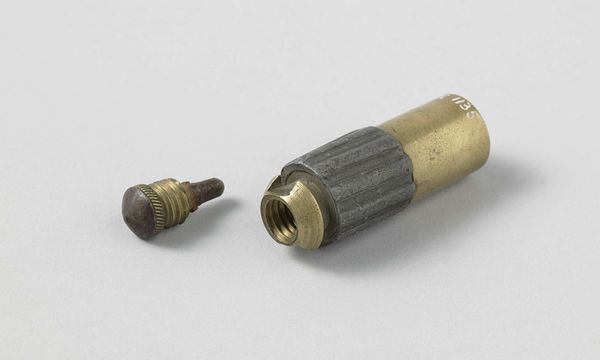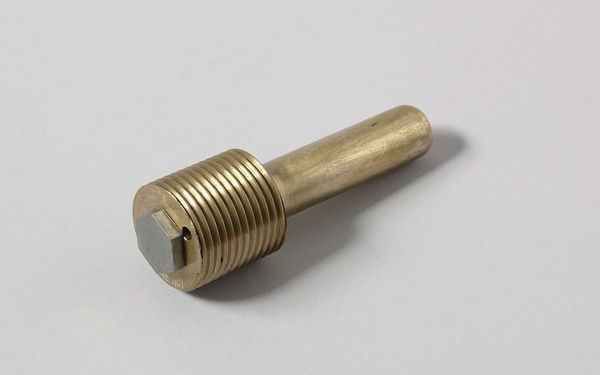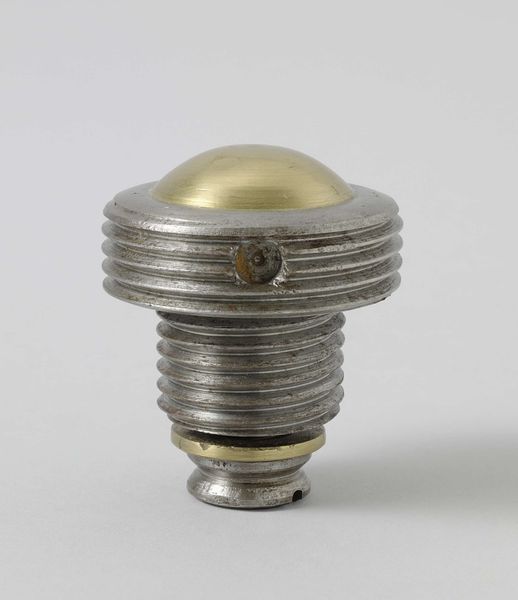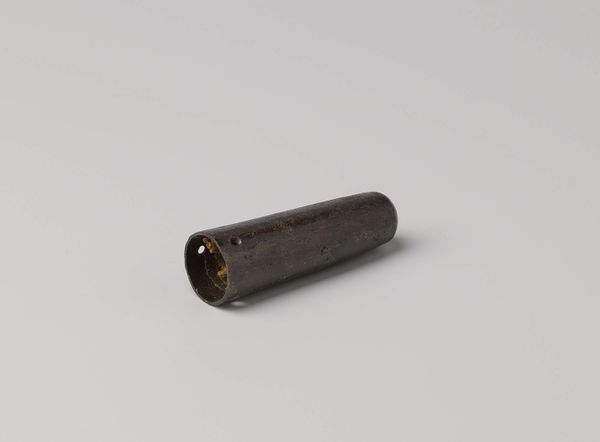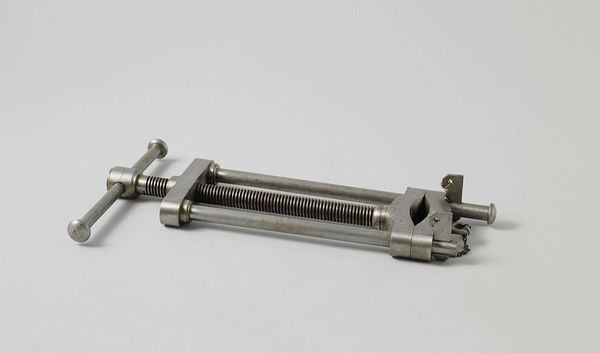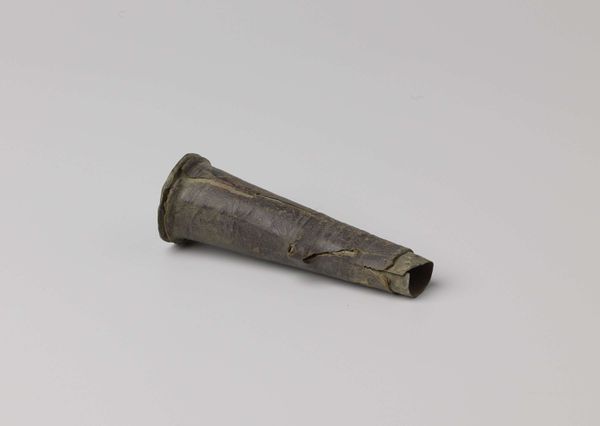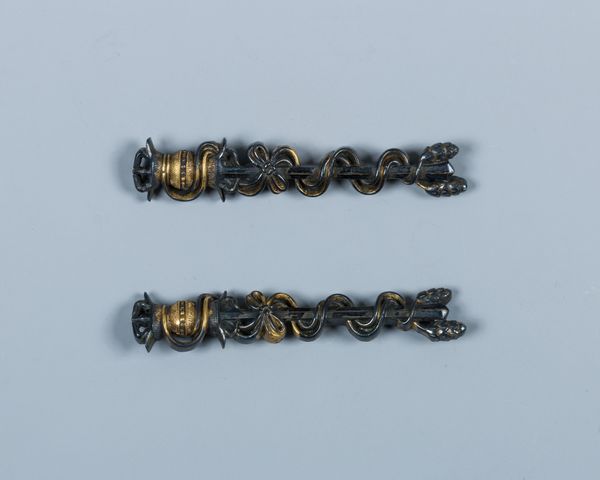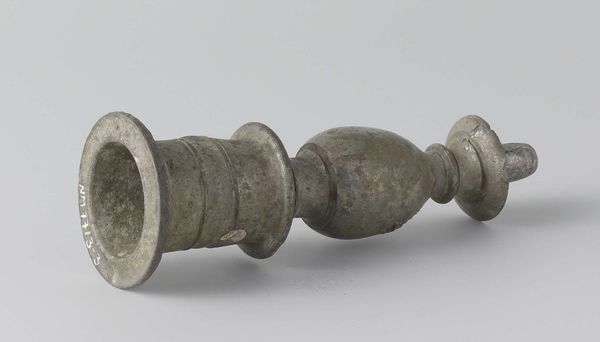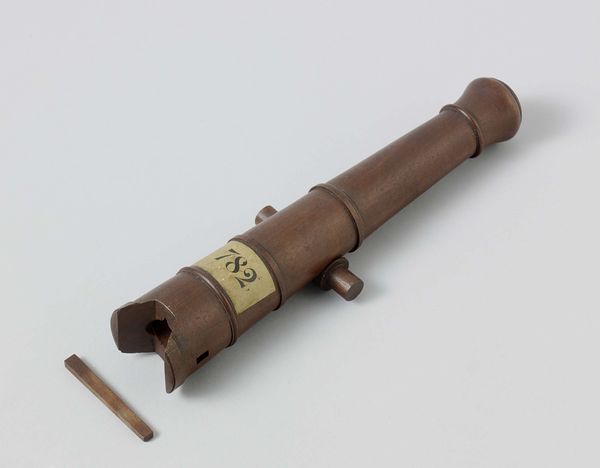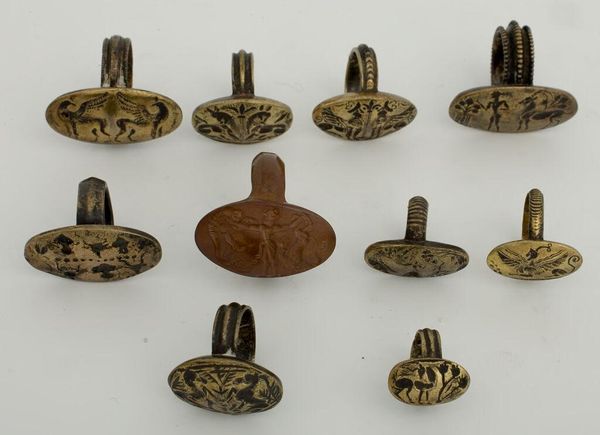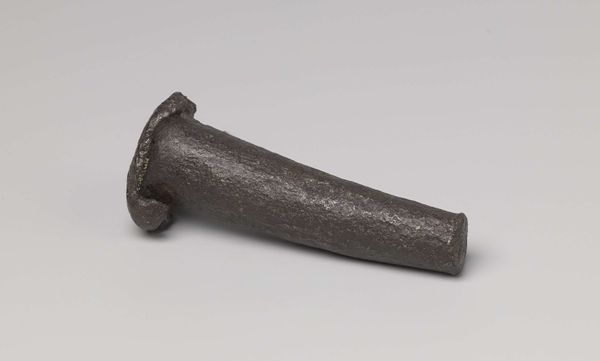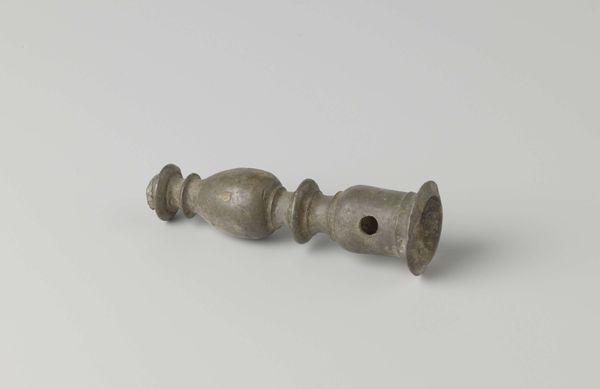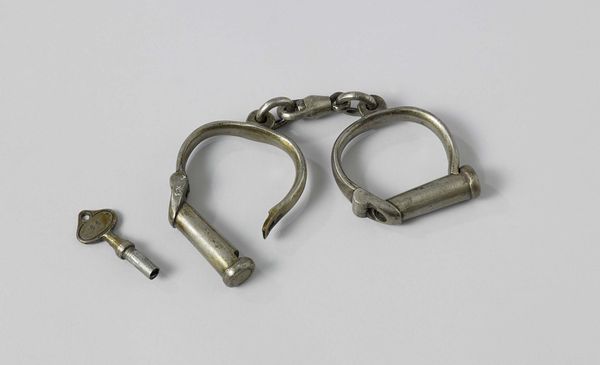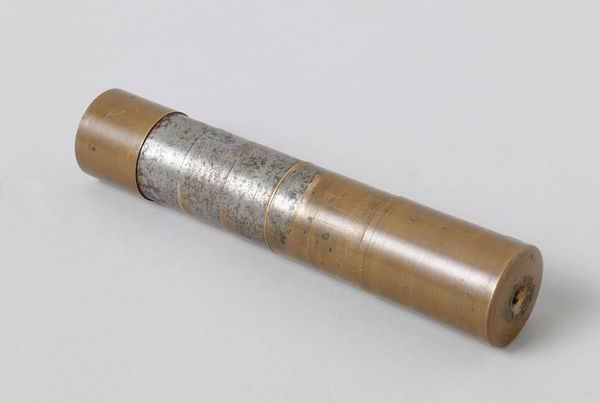
metal, photography
#
still-life-photography
#
metal
#
appropriation
#
photography
#
history-painting
Dimensions: (1) length 5.4 cm, (1) diameter 1.9 cm, (2) length 5.3 cm, (2) diameter 1.7 cm, (3) height 2.2 cm, (3) width 1.4 cm, (3) depth 1 cm
Copyright: Rijks Museum: Open Domain
Curator: What a curiously haunting little composition. It has an oddly sinister aura. Editor: It’s a still-life photograph dating from around 1866, presenting "Two Samples of Telegraph Cable for Floating Mines and a Break". So it sounds a bit sinister for a good reason, actually! Curator: Floating mines? These seemingly innocuous bits of twisted metal...they were literally part of a larger instrument of destruction? It really speaks to the hidden potential within seemingly mundane objects, and reminds me of all of those ubiquitous digital symbols we now fear. Editor: Absolutely. Submarine telegraph cables revolutionized communication, but were then repurposed for warfare. There's such dark irony at play when new technologies intended to connect people end up weaponized. That historical shift echoes right through this image. We’re also seeing appropriation as these utilitarian cables were deliberately presented, almost glorified, as still life objects in an art photograph. Curator: The cool tones also have an emotional pull, as do the spiraling lines and cylindrical shape – archetypes of control. Looking closer, what are the inscriptions at each end? Editor: Well, each cylindrical cable sample is capped with circular pieces that contain radial inscriptions – "MC 1191 1611 3W". Curator: I find that such explicit labelling strips them of much symbolic value, like brands or signs, and pushes us back into the tangible history and moment. Though I still think there is power to these visual metaphors. What do you feel the image reveals about cultural anxieties of the time? Editor: Well, at the time there were tremendous public anxieties around invisible technologies—electricity, telegraphy—and the impact of rapid innovation on warfare. Representing cable fragments this way visually reframes the narrative of these industrial components, speaking to the transformative shifts within the mid-19th century itself. Curator: Indeed. When you think about it that way, what appeared a still, quiet piece speaks rather profoundly of its era and humanity's ever complicated relationship with new discoveries.
Comments
No comments
Be the first to comment and join the conversation on the ultimate creative platform.
